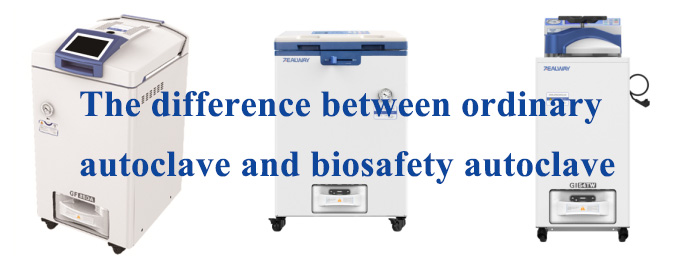
In the laboratory, the cleanliness of glassware directly determines the accuracy and reliability of experimental results. A test tube that appears clean may retain microorganisms from a previous experiment, and the surface of a newly opened flask may also contain production impurities.These hidden risks make thorough cleaning before autoclaving particularly crucial—it not only ensures the sterilization effect but also effectively prevents potential contamination, serving as a fundamental line of defense for the smooth progress of experiments.
I. Preliminary cleaning:
Removing residues: first, try to pour out or scrape off the residues on the glassware as much as possible. For residues that are difficult to remove, appropriate chemical reagents can be used for soaking or dissolving.For example, alkaline solutions can be used for soaking oily residues; for protein-based residues, enzyme solutions can be used for soaking.
Soaking: soak the glassware in warm water containing detergent. The water temperature is generally controlled at 40-50℃, and the soaking time varies according to the degree of contamination of the glassware,usually ranging from 30 minutes to several hours. Soaking can soften the dirt, making it easier to be cleaned off.
II. Scrubbing:
Choosing the right brush: select an appropriate brush based on the shape and size of the glassware. The bristles of the brush should be moderately hard and soft—too hard may scratch the glass surface, while too soft will result in poor cleaning effectiveness.
Scrubbing method: dip the brush in detergent and carefully scrub the inner and outer surfaces of the glassware. It is important to scrub every corner of the glassware, especially areas prone to trapping dirt such as the bottle mouth, bottle bottom, and bottle walls. Apply even force during scrubbing to avoid scratching the glass.
III. Rinsing:
Tap water rinsing: thoroughly rinse the glassware with tap water to wash away the detergent and dirt. During rinsing, ensure that the water flow can reach every part of the glassware, and the rinsing time is generally not less than 3 minutes.
Purified water rinsing: to further ensure the cleanliness of the glassware, purified water can be used for the final rinsing. Rinsing with purified water can remove impurities and ions in tap water, preventing interference with experiments.
IV. Drying:
Inverted air-drying: place the cleaned glassware upside down on a clean rack to allow water to drain naturally. This method is simple and convenient but requires a relatively long time.
Drying: if time is limited, the glassware can be placed in an oven for drying. The temperature of the oven is generally controlled at 100-120℃, and the drying time depends on the size and quantity of the glassware, usually 1-2 hours.
V. Packaging:
Select appropriate packaging materials: choose suitable packaging materials according to the size and shape of the glassware. Commonly used packaging materials include kraft paper, aluminum foil, and special sterilization bags. The packaging materials must be able to withstand high temperature and pressure without releasing harmful substances.
Packaging method: put the dried glassware into the packaging material and seal the package. During packaging, care should be taken not to overcrowd, so as not to affect the sterilization effect. At the same time, information such as the name of the item and the sterilization date should be indicated on the package to facilitate subsequent use and management.
VI. Sterilization:
Loading: place the packaged glassware into the autoclave, taking care not to exceed the autoclave’s loading capacity to avoid affecting the sterilization effect.
Sterilization parameters: set appropriate sterilization parameters according to the material and contamination level of the glassware. The commonly used sterilization parameters in laboratories are: temperature 121°C, time 15-30 minutes.
Cooling: after sterilization, wait for the autoclave to cool down to a safe temperature naturally before opening it to take out the glassware. Avoid sudden cooling, which may cause the glassware to crack.
VII. Precautions:
Personal protection: during the entire cleaning and handling process, wear appropriate personal protective equipment such as lab coats, gloves, and goggles to avoid contact with harmful substances or injury.
Avoid cross-contamination: during cleaning and handling, prevent cross-contamination between different glassware. For glassware that has been used for microbial culture, thorough disinfection must be carried out.
Regular inspection: regularly check the performance of cleaning and handling equipment to ensure their normal operation. For cleaning agents and disinfectants, replace them regularly to prevent them from becoming ineffective.
Once these steps are completed, your glassware will be “as good as new,” and your experimental data will be more reliable!











ZEALWAY provides quality autoclaves, full services and professional sterilization solutions for you.
Leave a Reply